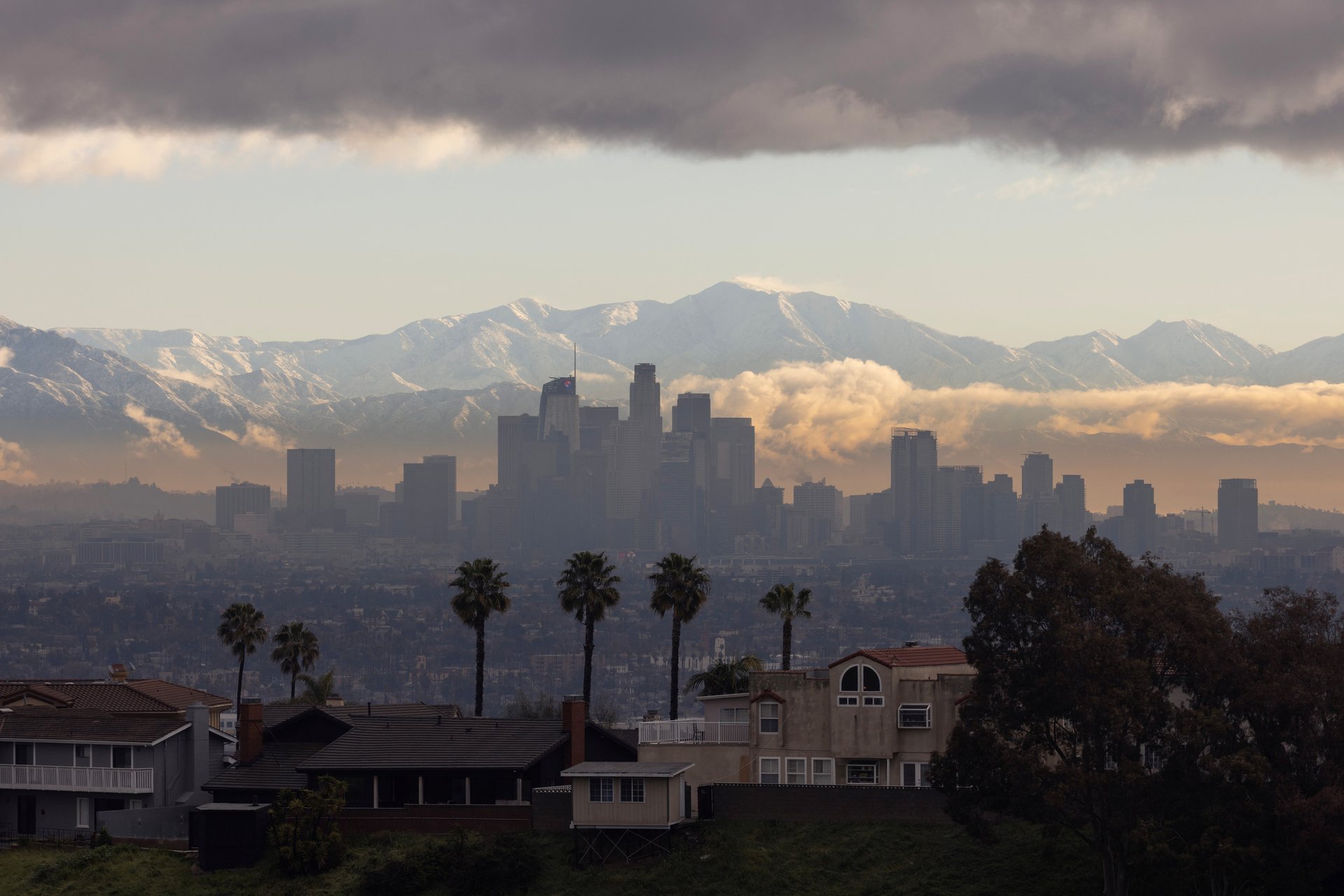Even after California's rain and snow, the state's drought has not been sated
Record precipitation has filled California's reservoirs and built up a buffer of snow pack, but 36% of the state is still in drought

California’s water year started on October 1, 2022, with 99% of the state in drought. A winter of laden atmospheric rivers dropped record rains and uncharacteristic blizzards buried the state deep in snow, trapping residents in their homes, taking some cities off the electricity grid and flooding others.
Suggested Reading
But the destruction carried the promise of putting an end to the droughts that California has been cycling in and out of for the last two decades—its driest 22-year period in 1,200 years. As of March 17, what had been a state-wide drought, dropped to 36% of the state in drought, with 8% of that severe, and none of it extreme. Continued rains may bring more of the state out of drought conditions.
Related Content
California’s three kinds of water
California’s precipitation is uneven. The state spends part of the year in rain, and the rest in a parching dry season, meaning California is dependent on storing water in reservoirs, snowpack and groundwater to carry its cities and vast agricultural lands across rainless months.
Most encouraging is that the torrential precipitation has filled the state’s reservoirs, some to higher than historical averages. Additionally, California’s snowpack, which melts as the weather warms to fill reservoirs and irrigate farmlands, provides about 30% of the state’s water, and this winter has seen snowpack three times what it was in each of the last three years.
Groundwater, the state’s third method for storing water, holds more than all it’s reservoirs combined, but is deeply depleted. Groundwater is difficult to measure, but experts have noted that much of the winter rains flowed to rivers that emptied into the ocean, rather than diverted to lands where it could seep into underground aquifers that could be pumped out later. In previous rains, unlike reservoirs, groundwater only recovered moderately.
Depending on where and when it flows, the rain is both too little and too much. Whipsawing weather extremes due to climate change means that if some of the deep snowpack melts too quickly this spring and summer, it may be too much water for the state’s infrastructure to capture for use, and for the ground to absorb.
On March 16, the National Oceanic and Atmospheric Administration (NOAA) issued its spring flood outlook, warning that because of saturated soil, rainfall, and rapidly melting snowpack, parts of California are in a heightened risk of more floods, potentially affecting millions of people.